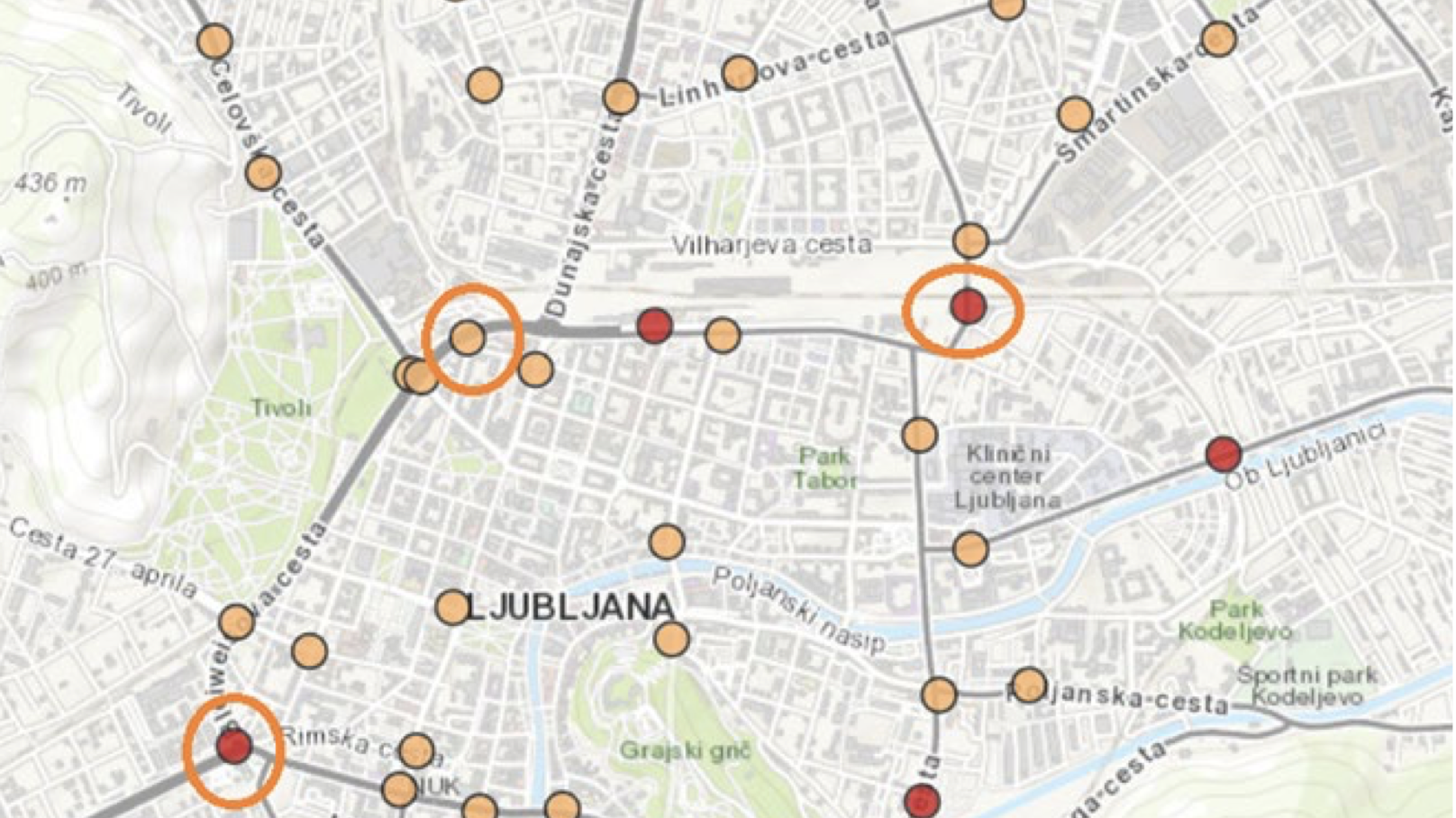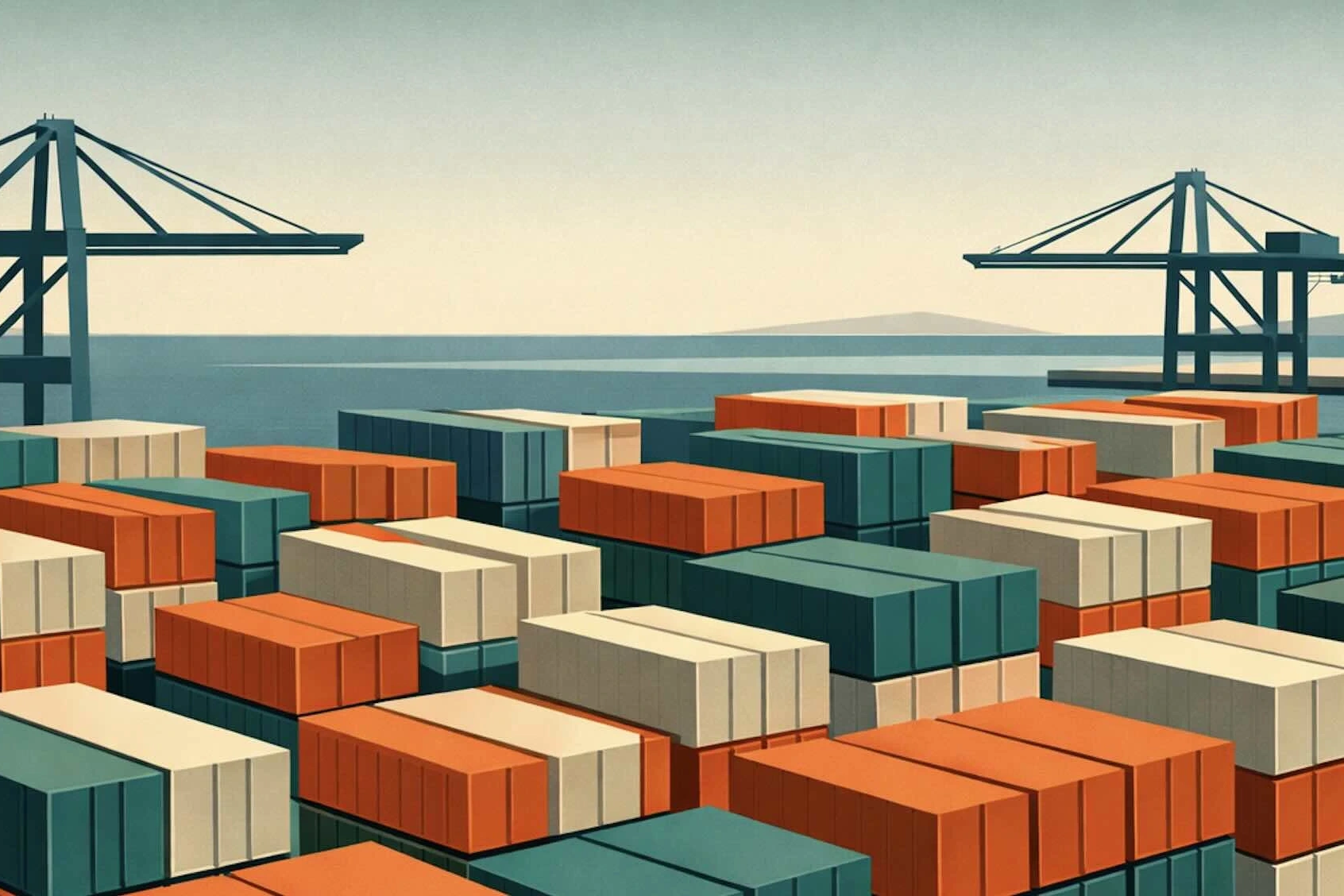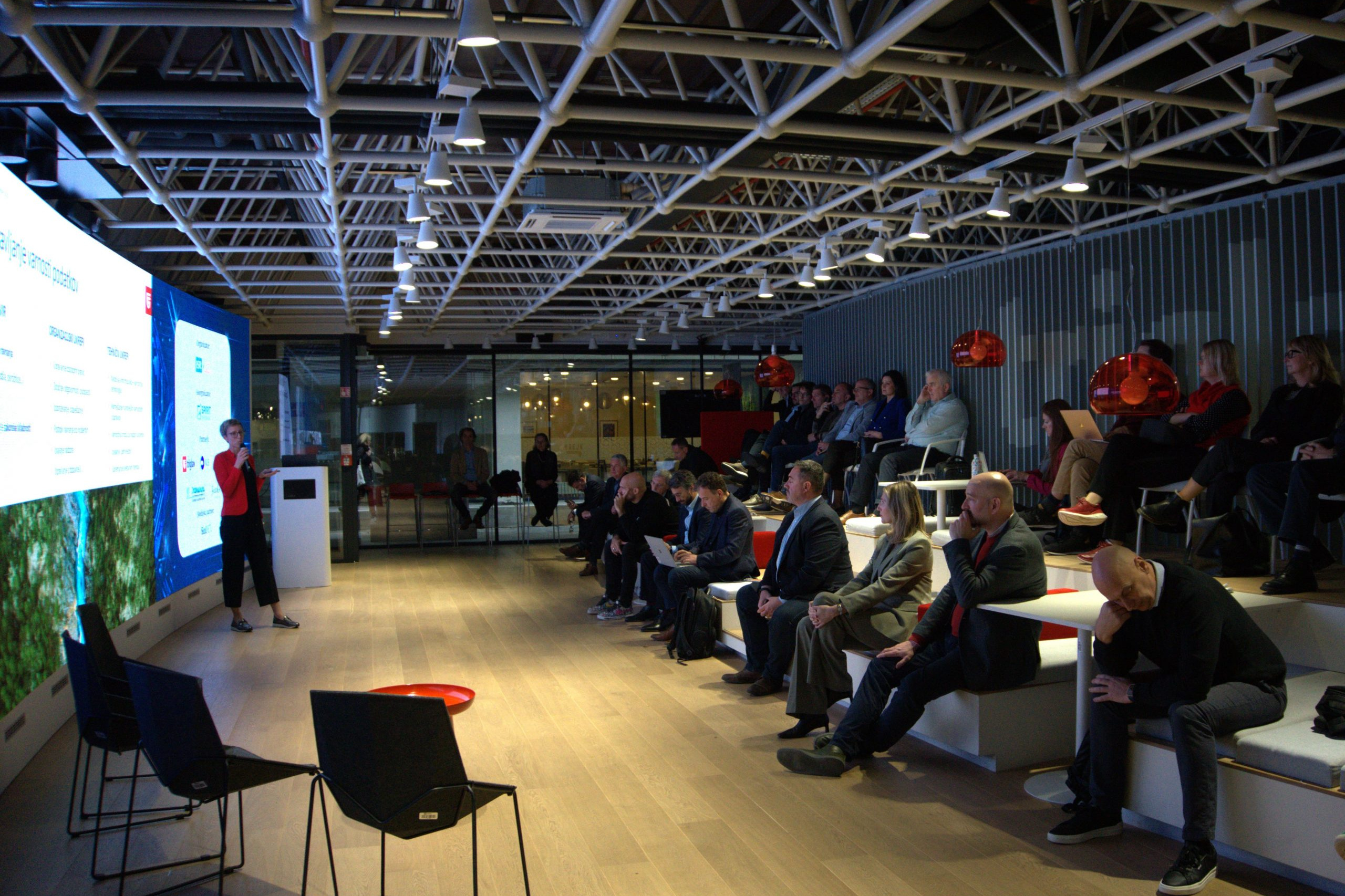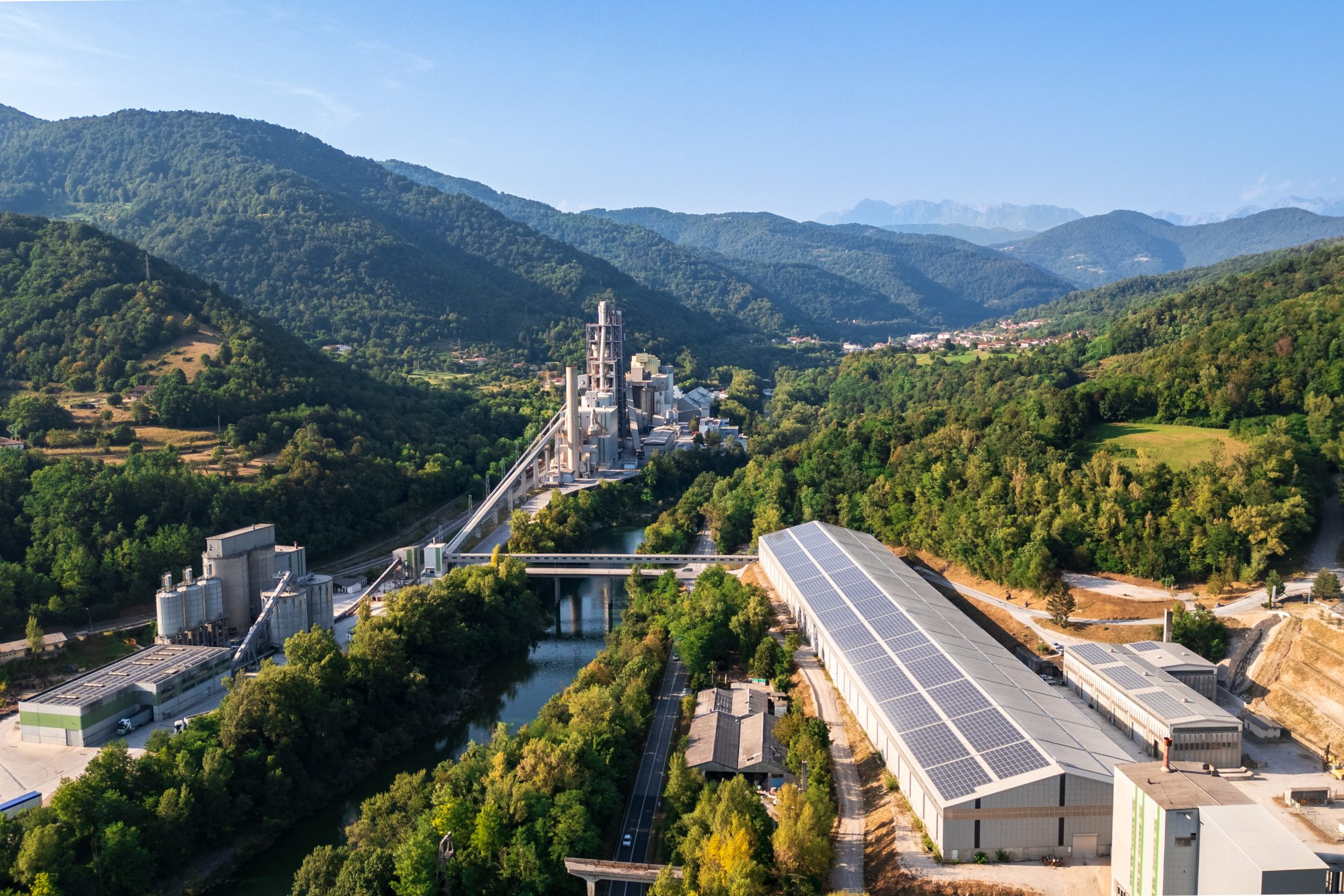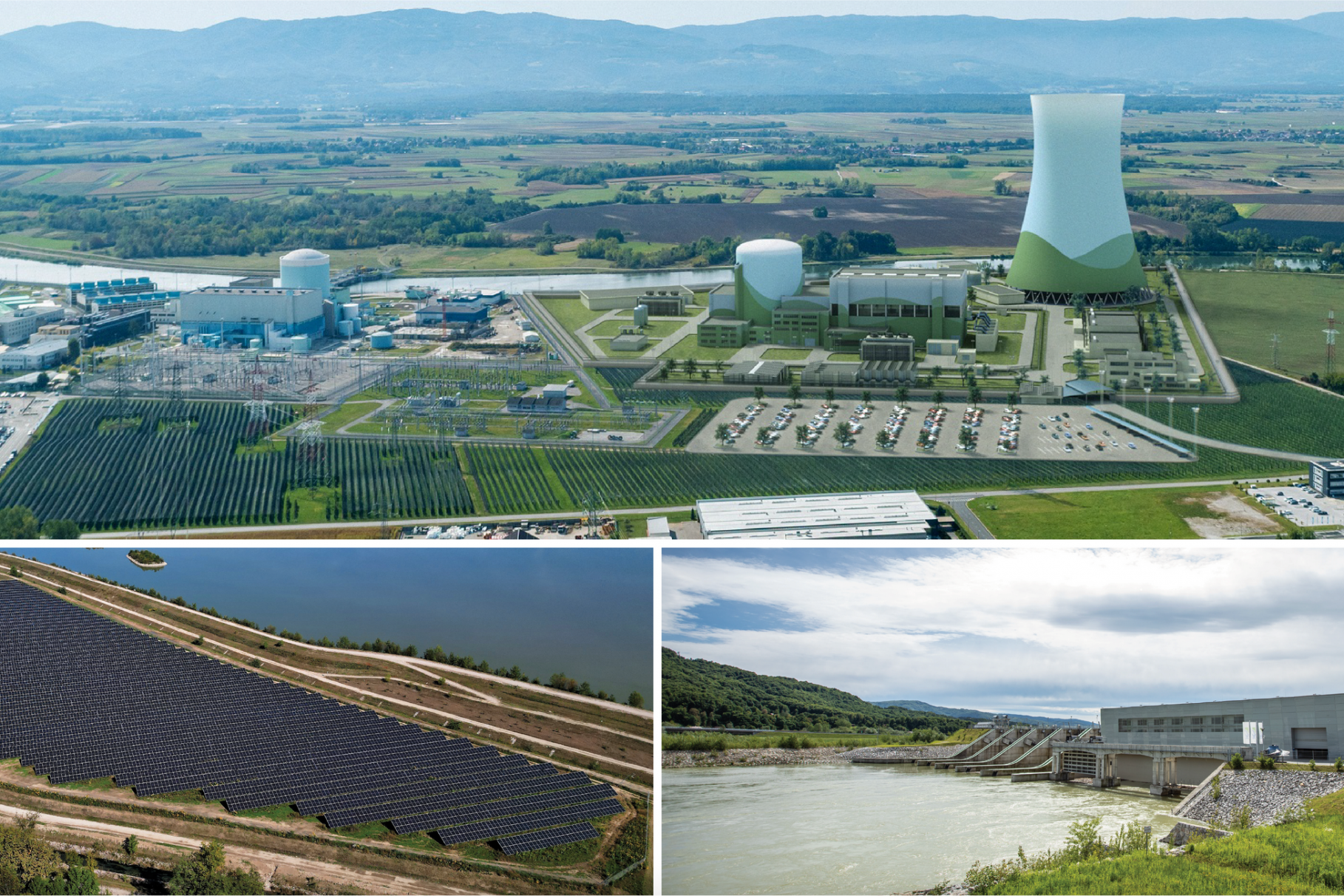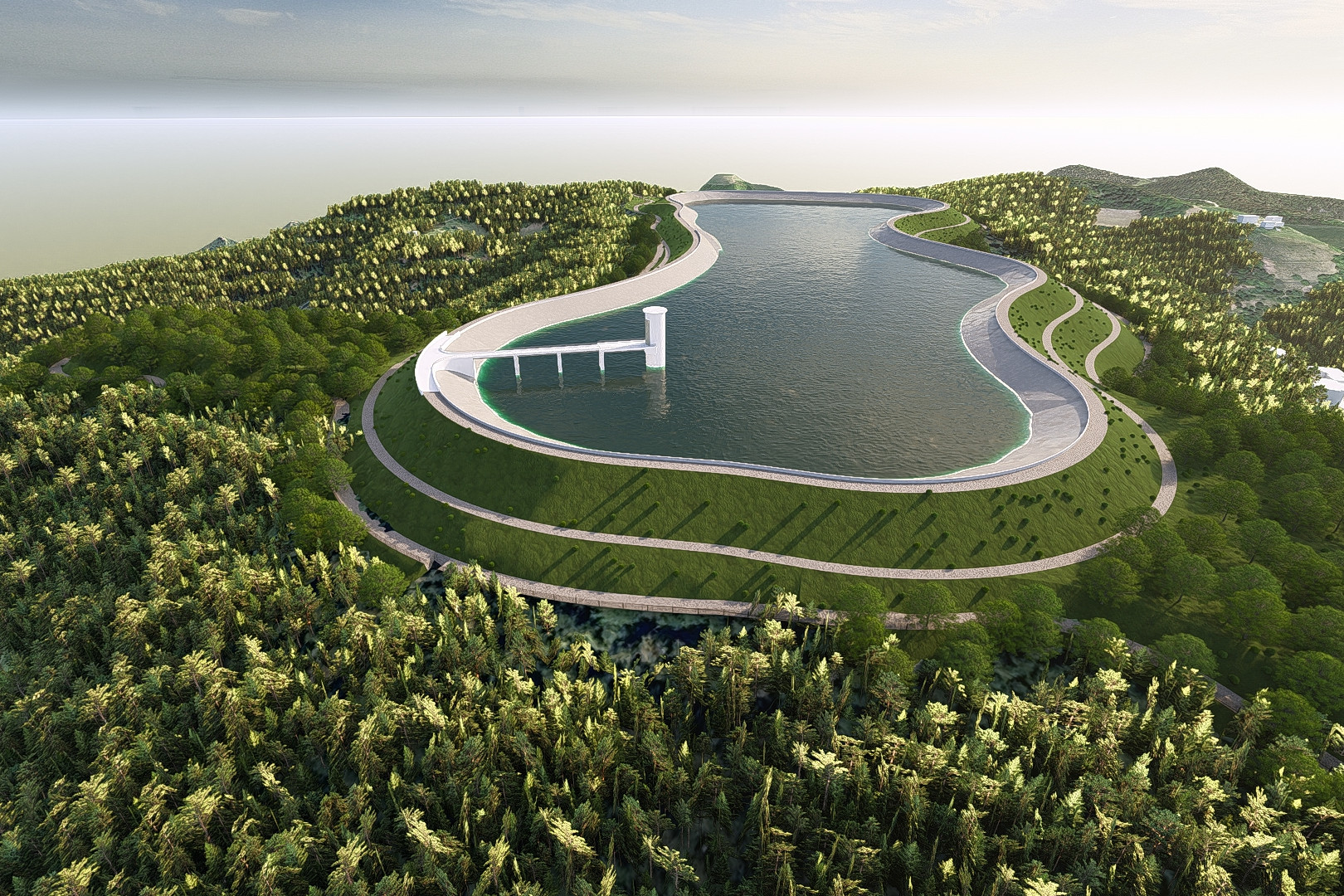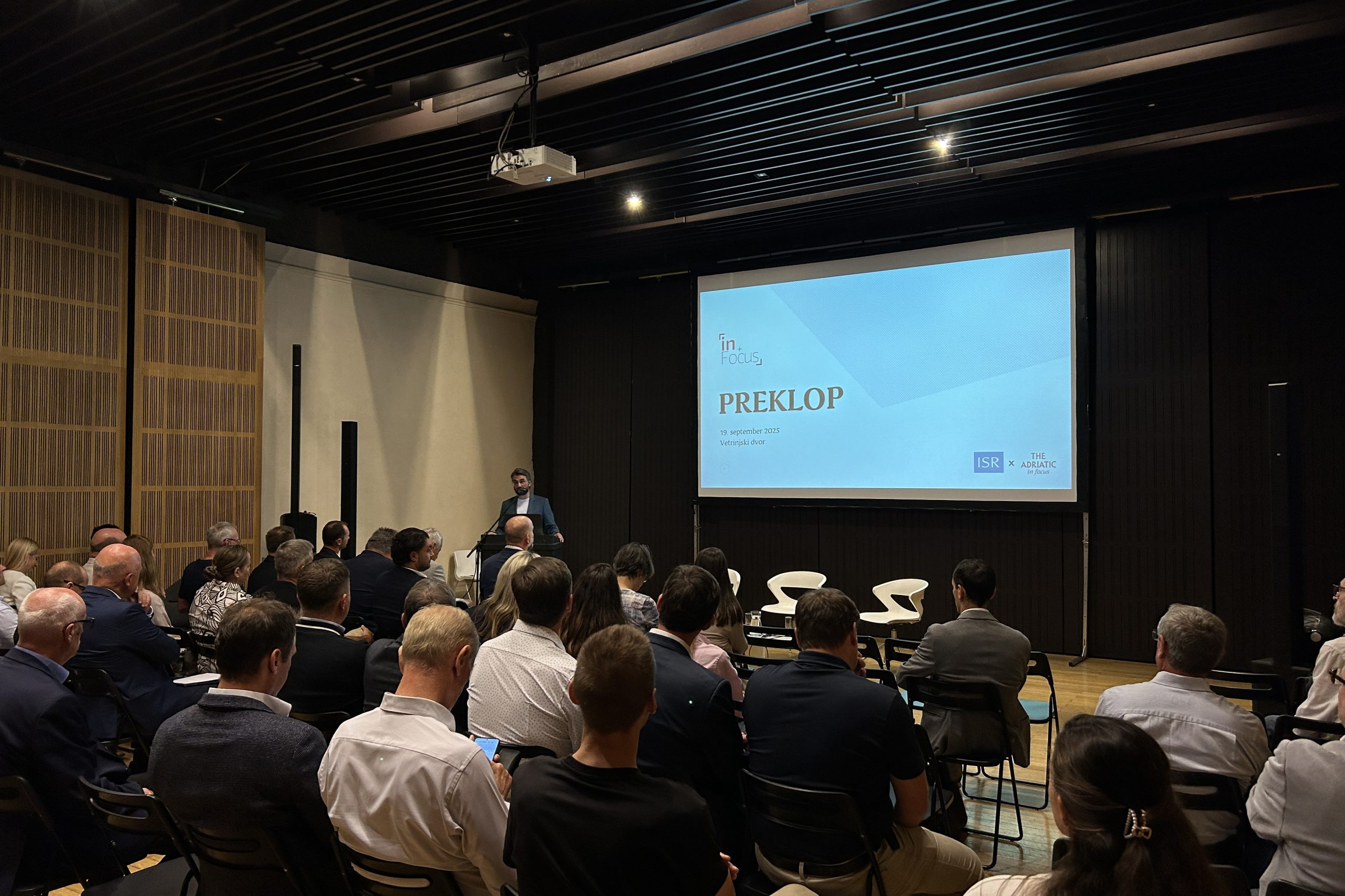Pollution
Breathless in Ljubljana: Unveiling Air Quality Realities
By Alenka Žvikart
In the hustle and bustle of daily life, the air we breathe might not be getting the attention it deserves. The startling fact that the average adult inhales between 10,000 and 20,000 liters of air daily prompts us to question our vigilance towards air quality. With polluted air emerging as the foremost environmental risk, as many as 7 million lives are claimed globally each year due to its consequences. In the European Union, over 400,000 individuals succumb annually, with Slovenia witnessing the loss of 1,800 lives to pollution'sdetrimental effects.
Fierce competitor
Beyond the toll on human health, polluted air extracts a substantial economic cost. In 2020, healthcare expenses for treating conditions stemming from polluted air exceeded EUR 166 billion in the EU. Closer to home, healthcare costs related to air pollution for the residents of Ljubljana and Maribor surpassed 541 million euros in the same year.
Slovenia grapples with pollution primarily from motorised road traffic and stoves using wood biomass. Geographic factors, such as poor ventilation and temperature inversion, also contribute to the persistence of this issue.
The major air pollutants of concern are particulate matter (PM10 and PM2.5), nitrogen oxides (NOx), and ground-level ozone (O3).
Challenges and comparisons
While Ljubljana has seen an improvement in air quality over the years, the levels still hover at unhealthy thresholds. According to the World Health Organization, air quality is deemed good when PM2.5 measures less than ten micrograms per cubic meter. In 2021, Ljubljana reported a PM2.5 concentration of 16 micrograms per cubic meter, indicative of room for improvement. However, this is still notably cleaner than cities like Sarajevo, where PM2.5 concentration exceeds WHO guidelines by almost 16 times.
The Institute for Environment and Health in Slovenia recently undertook a comprehensive exploration into the air quality in Ljubljana. Focusing on measuring nitrogen dioxide (NO2), a prominent air pollutant generated primarily by road traffic, the campaign “Attention! Breathing is Dangerous Here!” unfolded in two phases. Initial measurements in February 2021 spanned 153 locations in Ljubljana, with a follow-up throughout the year at four locations identified with the poorest air quality. Those are: Drenikova street near GIB, Šmartinska street, intersection of Bleiweisova-Tržaška streets and Vošnjakova Street.
As the data unravels, it becomes evident that the battle for clean air is ongoing, and collective efforts are imperative to ensure the well-being of both the populace and the environment.

